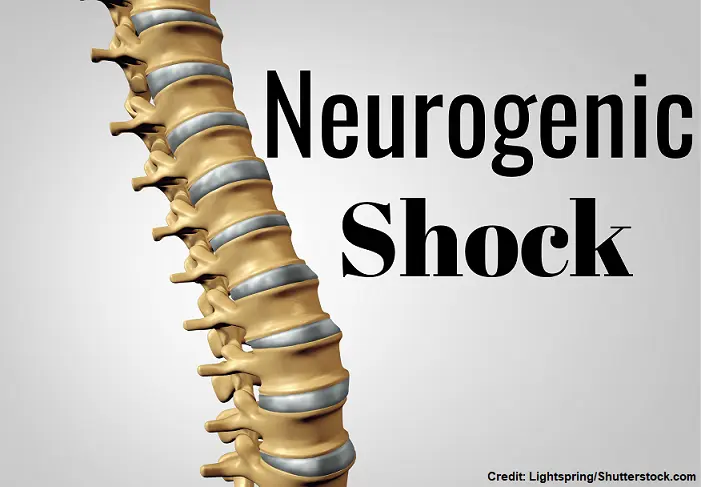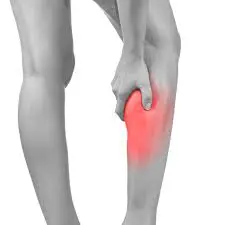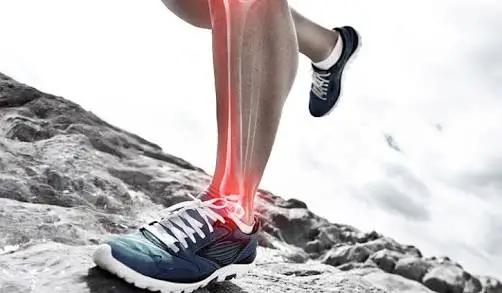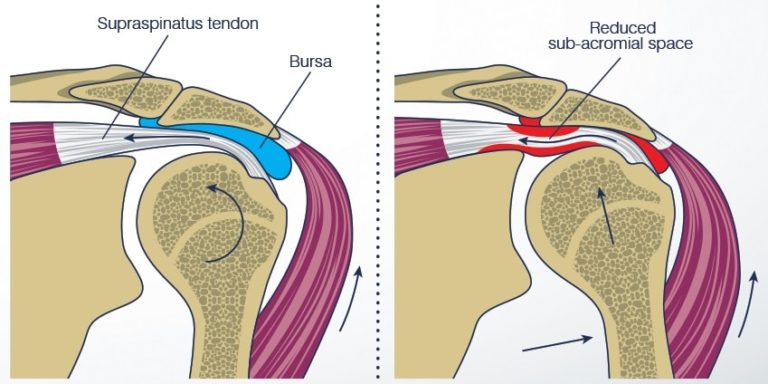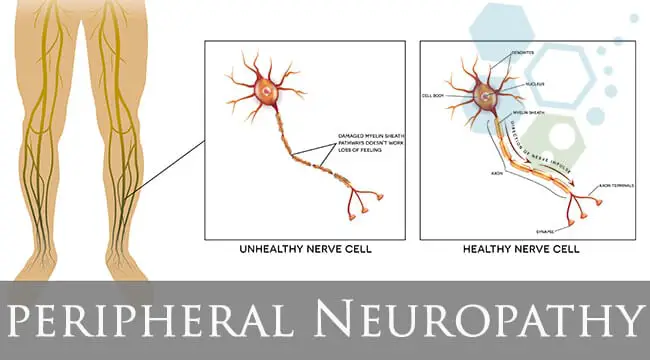Neurogenic shock
What is Neurogenic shock?
Neurogenic shock is a type of shock that occurs when the nervous system loses its ability to regulate the size of blood vessels, leading to a decrease in blood pressure and inadequate blood flow to the body’s organs. It typically results from a spinal cord injury, brain injury, or severe emotional stress.
When the nervous system is damaged, it may cause a disruption in the normal balance of the sympathetic and parasympathetic nervous systems, which control the constriction and dilation of blood vessels. This disruption can cause the blood vessels to dilate, leading to a drop in blood pressure and a decrease in blood flow to the organs.
Neurogenic shock, which causes a loss of sympathetic tone and an unopposed parasympathetic response controlled by the vagus nerve, can be caused by a combination of primary and secondary stressors. As a result, the patient’s ability to control their temperature, heart rate, and blood pressure is compromised.
This disturbance can be caused by trauma or spinal damage. Neurogenic shock is quite harmful since it can permanently damage your body tissues and cause your blood pressure to drop dramatically and quickly. Neurogenic shock can be lethal if untreated.
Symptoms of neurogenic shock:
- dizziness
- nausea
- vomiting
- blank stares
- fainting
- increased sweating
- anxiety
- pale skin
- difficulty breathing
- chest pain
- weakness from irregular blood circulation
- bradycardia, or a slower heart rhythm
- faint pulse
- cyanosis, or discolored lips and fingers
- hypothermia, or decreased body temperature
- Hypotension
- Bradyarrhythmia
- Later, flushed skin turns cold and clammy
- Lips and fingernails that look blue
- Lack of full consciousness
Causes of neurogenic shock:
- Spinal cord injury
- Autonomic nervous system toxins
- Guillain-Barré syndrome
- Spinal anesthesia
- Transverse myelitis
- Nerve damage
- Improper delivery of spinal anesthesia
Differntial diagnosis of neurogenic shock:
- Hypovolemic shock
- Obstructive shock
- Cardiogenic shock
- Septic shock
Diagnosing of neurogenic shock:
CT scan:
X-ray images are used in a CT scan to produce images of the body. CT scans can help determine how serious a spinal injury is if you have one. It can also help physicians locate any internal bleeding or other damage.
MRI scan:
An imaging examination called an MRI scan is used to show internal body structures like your spine. It can assist in identifying any abnormalities in your spinal column. Your doctor can determine the cause of your back pain and neurogenic shock using an MRI scan in conjunction with a review of your symptoms.
Urinary catheter:
Your urine volume will also be measured by doctors using a urinary catheter. You can experience incontinence or be unable to urinate on your own if you have certain spinal problems. Doctors can also aid in the detection of any infection-related symptoms through urine testing.
Treatment of neurogenic shock:
Immobilizing the spine: To avoid causing the spinal cord any further harm, doctors may decide to hold the patient firmly in place.
IV fluids: A doctor may use IV fluid resuscitation to treat low blood pressure. This promotes regular blood flow and helps the organs receive oxygen.
Vasopressor: Blood vessels constrict as a result of this sort of drug, raising blood pressure.
- Other medication: Doctors may use medications such as atropine to increase a person’s heart rate.
- Phenylephrine
- Norepinephrine
- Epinephrine
- Atropine
- Glycopyrrolate
- Isoproterenol
- Theophylline
- Aminophylline
Surgery: To treat a spinal injury or decompress the spine, this can be required.
Preventing neurological shock:
Although there is no surefire way to stop neurogenic shock, taking measures to stop spinal cord injuries may be helpful. These precautions may include:
- wearing a helmet when engaging in any activity that puts one at risk for head trauma, such as riding a motorbike, skiing, or cycling.
- Use a seatbelt during Driving.
- Avoiding using drugs or alcohol while driving.
- Preventing yourself from getting into a car with a drunk or drugged driver.
- Taking action to avoid falls at home.
- To avoid mishaps, keep any guns stored up and unloaded.
Summary:
After a spinal cord injury, neurogenic shock can happen and it can be fatal. Damage to the spinal cord’s nerves as a result of trauma or injury can have an impact on the body’s capacity to control blood pressure and heart rate. Blood flow may be hampered as a result, depriving crucial organs of oxygen and minerals.
If someone believes they may have suffered a spinal cord injury and exhibits any neurogenic shock signs, they should get medical help right once.
Neurogenic shock, which causes a loss of sympathetic tone and an unopposed parasympathetic response controlled by the vagus nerve, can be brought on by a combination of primary and secondary stressors. As a result, the patient’s ability to control their temperature, heart rate, and blood pressure is compromised.
This disturbance can be brought on by trauma or spinal damage. Because neurogenic shock can cause your blood pressure to drop significantly and suddenly and because it can permanently harm your body tissues, it is extremely dangerous. Neurogenic shock can be lethal if untreated.
FAQ:
What are the symptoms of neurogenic shock?
Low blood pressure
Slow heart rhythm
Later, flushed skin turns chilly and clammy
Lips and fingernails that look blue.
Lack of full consciousness.
What is the triad of neurogenic shock?
When there is an abrupt spinal cord injury, severe autonomic dysfunction, and a disruption of sympathetic nervous system control, the hemodynamic trinity of hypotension, bradycardia, and peripheral vasodilation known as neurogenic shock develops.
What are the 4 types of shock?
There are broadly four types of shock:
distributive
cardiogenic
hypovolemic
obstructive
What is the cause of neurogenic shock?
Typically, neurogenic shock results from a spinal cord injury. When injured, the spinal cord’s nerves are unable to interact with the nerves in charge of other physiological processes. Blood vessels stop functioning correctly if nerve impulses to their muscles are cut off.
What distinguishes spinal shock from neurogenic shock?
The term “neurogenic shock” refers to the hemodynamic alterations brought on by a rapid loss of autonomic tone as a result of spinal cord damage. It is usually noticed when the injury level exceeds T6. On the other hand, spinal shock, which is not circulatory in origin, describes the loss of all feelings below the level of damage.

